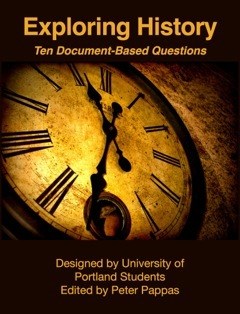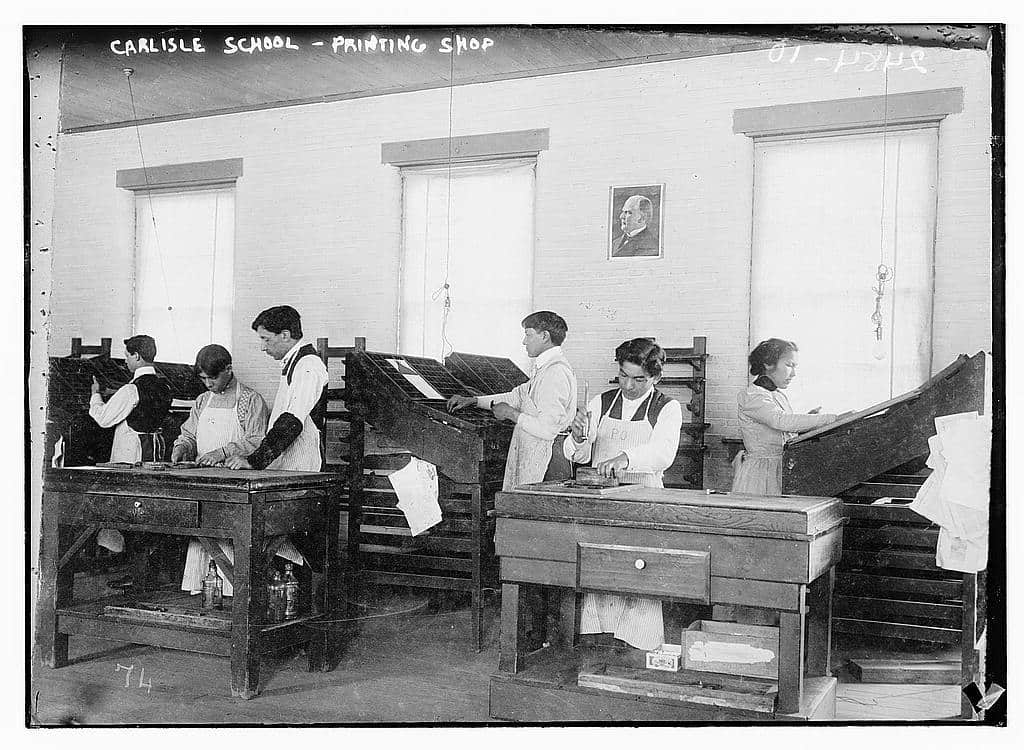I is for India,
Our land to the East
Where everyone goes
To shoot tigers, and feast
Common Core offers an incentive for teachers to use historic documents to build literacy skills in a content area while empowering students to be the historian in the classroom. But document-based (DBQ) instruction in this context requires four key elements to be successful:
- The right documents.
- Knowing how to look at them.
- Letting students discover their own patterns, then asking students to describe, compare and defend what they found.
- Basing the task on enduring questions, the kind that students might actually want to answer.
Class 7 offers strategies for assisting students to more closely read a document (in all their multimedia formats) by answering three Common Core questions.
- What did it say?
- How did it say it?
- What’s it mean to me?
Here’s a 1.3 MB pdf handout of my slide deck
Your best example of a DBQ is Progress and Poverty in Industrial America a pdf version of iBook below. It uses 11 documents, which is a bit more than I expect for your DBQ.
Next our class examined three sample iBooks. The first is my DBQ iBook “Progress and Poverty in Industrial America.” Next we looked at “Exploring History: Ten Document-Based Questions” an iBook designed by my fall ’13 EdMethods class. Finally we looked at my latest iBook, “Portland’s Japantown Revealed.” ~ All iBooks free at iTunes.
Assignment:
Students will design their own DBQ. Assignment (note – various due dates)
Examples of DBQ style questions
- Great Debates in American History 12 debates designed to accompany Daniel Boorstin’s “A History of the United States.”
- What did Europeans see when they looked at the New World and the Native Americans? a collection of images and text that explores misunderstanding of the New World
- Work, Culture and Society in Industrial America three DBQs that look at the impact of industrialization in late 19th c America
Page from: “An A B C, for baby patriots”
Creator: Ames, Mary Frances
Publisher: Dean & Son
Place of Publication: London (160a Fleet Street E.C.)
Publication Date: [1899]
Archive: University of Florida UF00086056:00001




